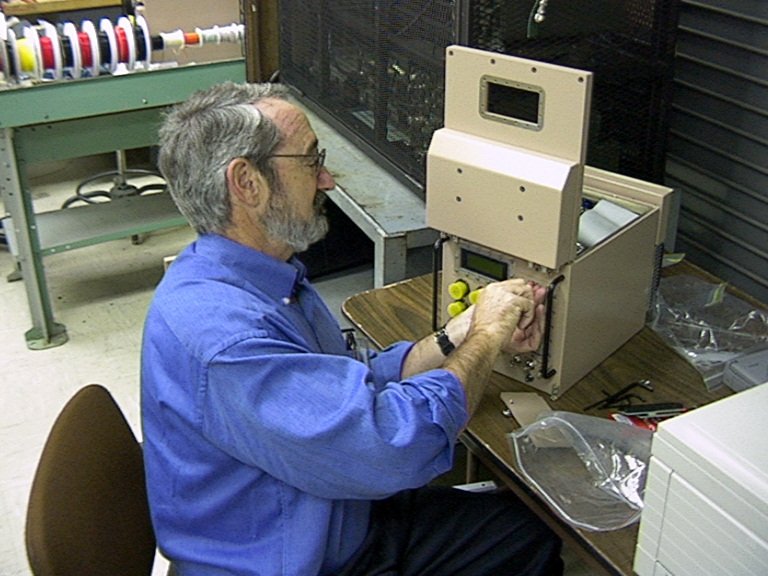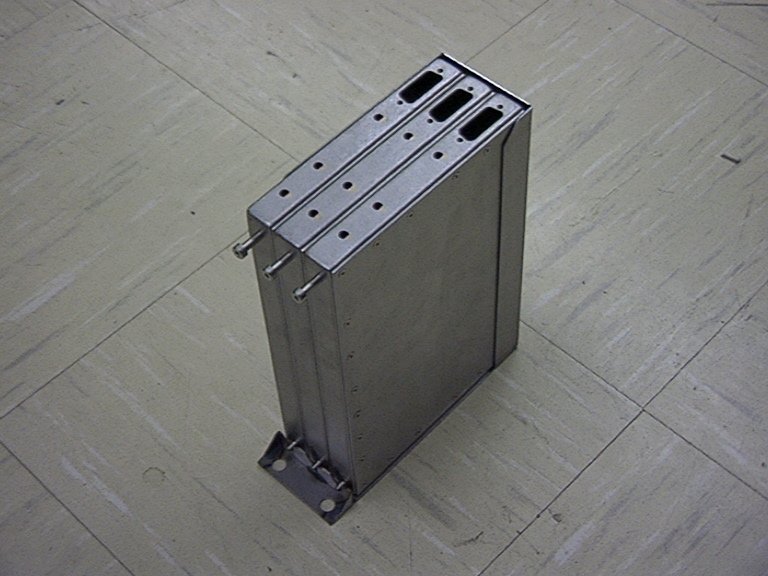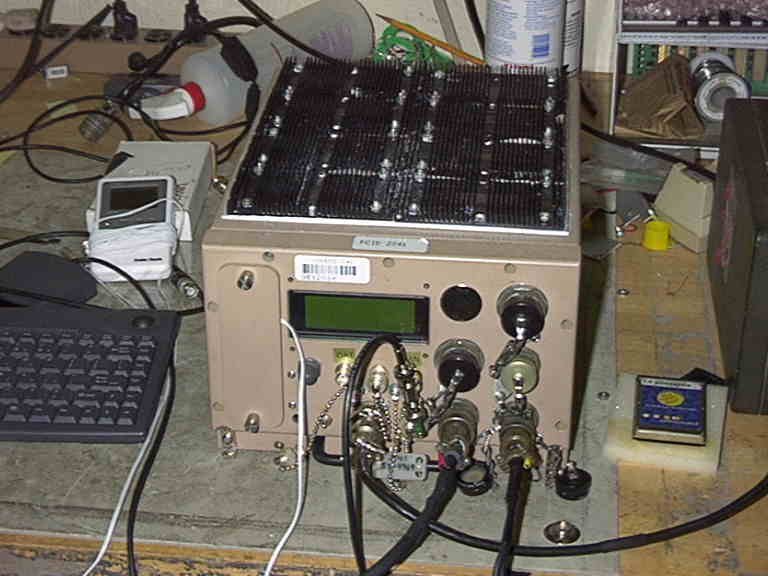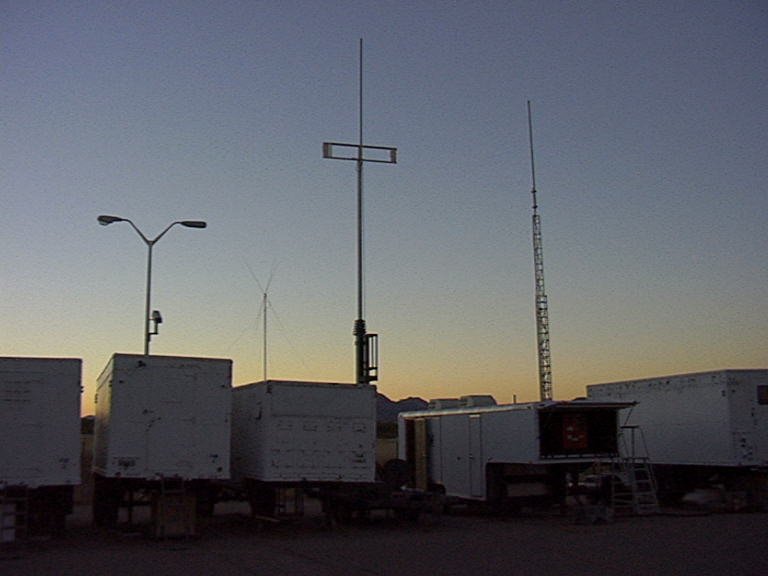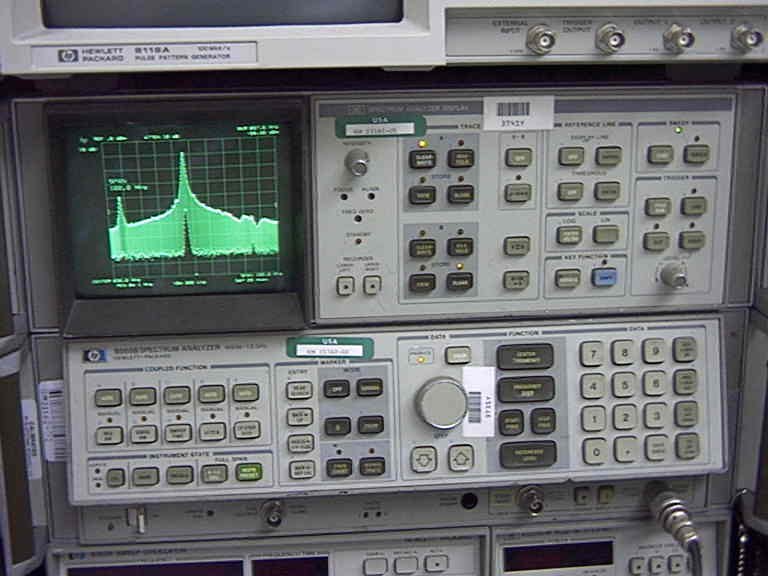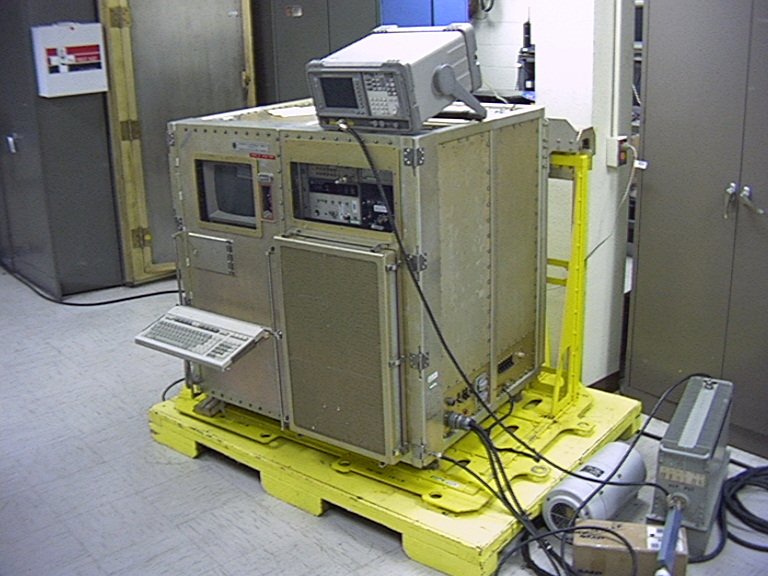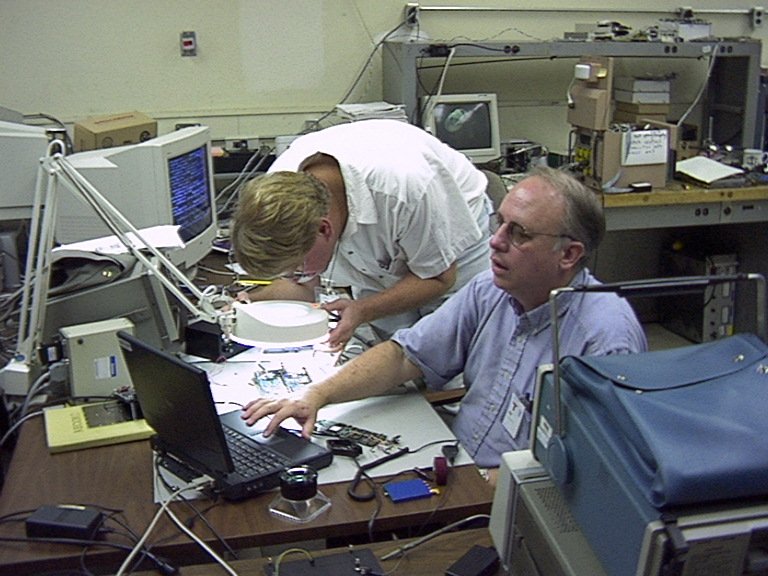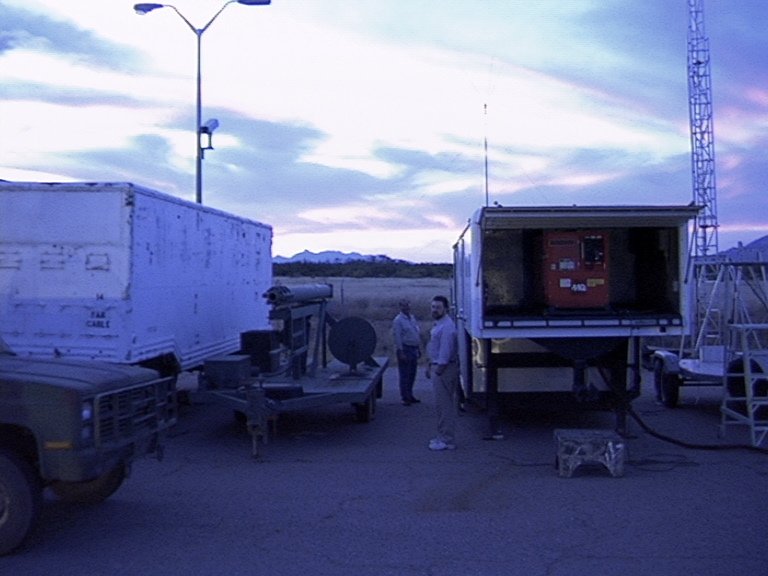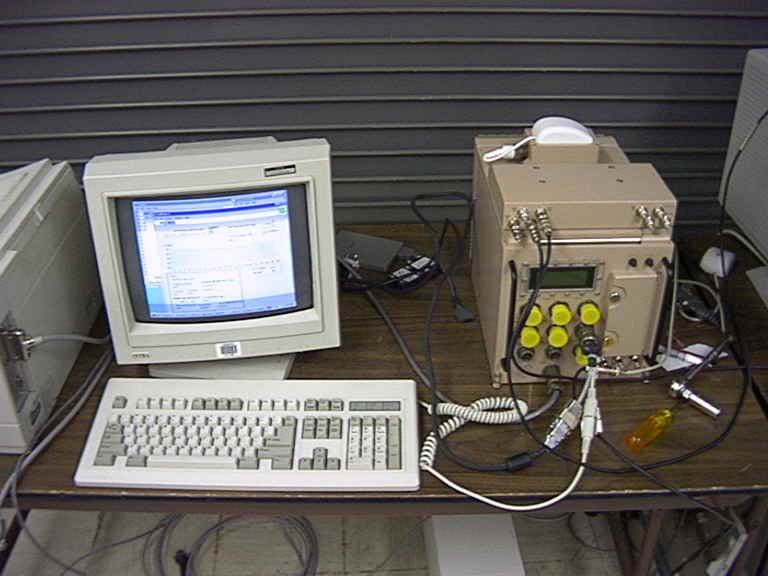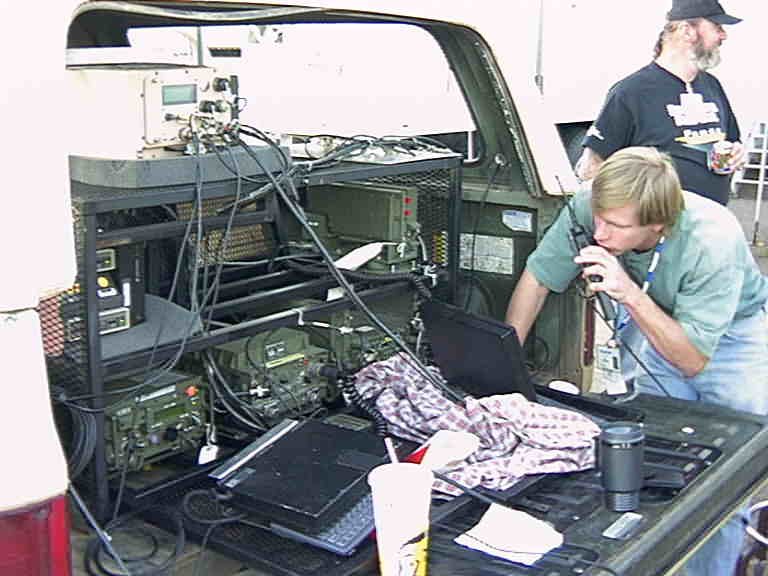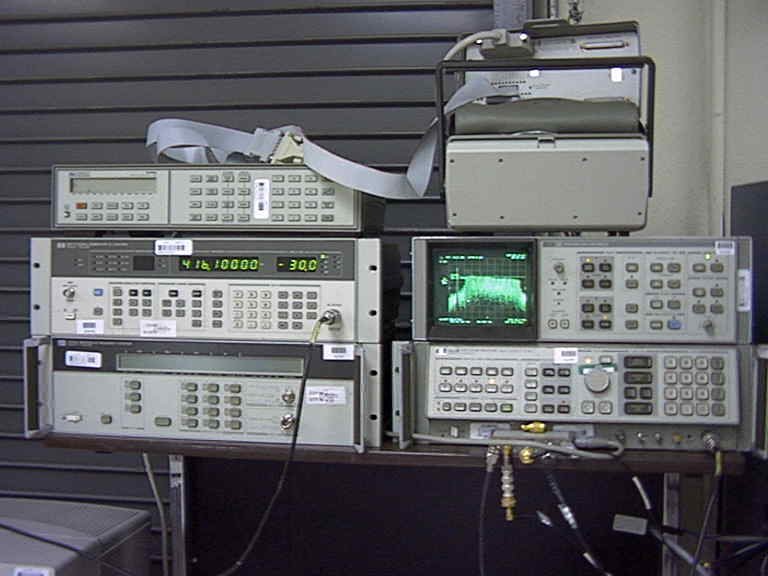A Look Back on the Army Electronic Warfare Simulator (MCREWS) Project
Entering the World of Military Contracting and Radio Jamming
Our first venture into the world of military jamming started in 1998 with a phone call from CSC (or Computer Sciences Corporation), a defense contractor in Sierra Vista, Arizona. Alan, the program manager, called to ask if we could have a look at a jamming simulator program called MCREWS (Modular Covert Radio Electronic Warfare Simulator) that was floundering.
I learned that the system was being designed by a major defense firm that had experience in building “live” jammers, but was having issues making simulation work correctly. After listening to the details, I made some suggestions, and was promptly invited to Arizona to discuss the situation further.
The Challenge of Making Simulation Work for Defense
Once there, it became clear that the current approach was in serious trouble. The system used a non-jamming beacon to determine the level of jamming to be applied to the target radio (read more in our article on jamming). The receiver selected for interpreting that beacon was a cheap handheld scanner that had been cannibalized. I suggested a more integrated approach, with a receiver specifically designed for the task. Alan and the Army team thanked me for my input, and I returned home to Oregon.
The very next day, Alan called me with the news that the Army had chosen our proposal over a new proposal from the existing contractor, and that they would be up to visit our facility the following week. At the time, I was running Radio Design Group in a 1400-square-foot shop located next to my house. It didn’t occur to me how that may appear to our new client, but I found out later it was not optimal.
As Alan put it, “We found ourselves on a residential street, wondering if we had misinterpreted the directions you gave us. Once we realized we were in the right place, we looked at each other and wondered if we had made a mistake. However, once we got inside, and saw that you had a screen room, as well as all the latest test equipment, and met your obviously competent staff, we realized we had come to the right place.”
How Technical Expertise Drives Ingenious Solutions
Indeed, they had. In a short time the project was back on track, the prototypes worked flawlessly, and were followed by full production and deployment of the finished units by 2000. This early project was one of the reasons why we value experience: Our technical expertise enables us to navigate complex problems and find ingenious solutions.
